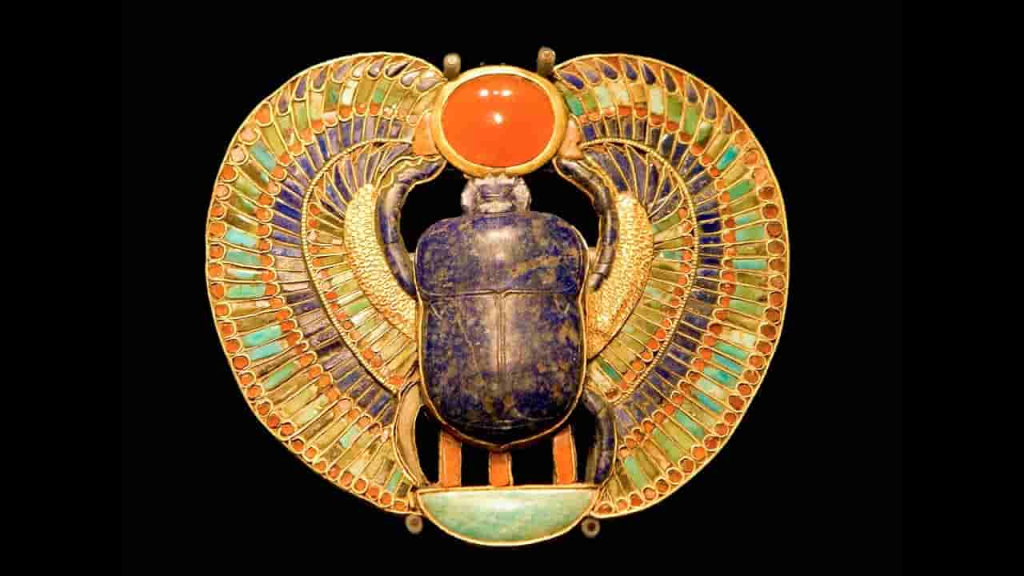
In the vibrant tapestry of ancient Egyptian symbolism, the scarab beetle emerges as a fascinating and enduring emblem of transformation, rebirth, and the cyclical nature of life. Revered for its symbolism and linked to concepts of creation, protection, and regeneration, the scarab beetle held a special place in the hearts and minds of the ancient Egyptians. Join us as we delve into the captivating world of the Egyptian scarab beetle, unveiling its significance, mythological ties, and its timeless impact on Egyptian culture.
1. Sacred Symbolism
The scarab beetle, scientifically known as Scarabaeus sacer, played a vital role in ancient Egyptian iconography. Its shape resembled that of the rising sun, and it was associated with the sun god Ra. This connection between the beetle and the sun symbolized the cycle of life, death, and rebirth—the sun’s journey across the sky mirrored the beetle’s movements in its daily activities.
2. Mythological Significance
The scarab beetle’s symbolism extended into the realm of creation myths. Ancient Egyptians believed that the god Khepri, represented by the scarab beetle, pushed the sun across the sky just as a scarab rolled a ball of dung. This act of rolling dung was seen as a representation of the sun’s journey through the heavens, linking the beetle to the cosmic order and the forces of nature.
3. Amulets and Talismans
The scarab beetle’s symbolism led to its widespread use as amulets and talismans. These small, intricately carved scarabs were often worn as protective charms to ward off evil and ensure safe passage into the afterlife. Scarabs were also inscribed with symbols and texts from the Book of the Dead to provide guidance and assistance in the afterlife journey.
4. Regeneration and Resilience
The scarab beetle’s life cycle—laying eggs in dung, rolling it into a ball, and burying it—echoed themes of regeneration and resilience. This natural process captivated the imagination of the ancient Egyptians, inspiring beliefs in the possibility of rebirth and transformation, both in this life and the afterlife.
5. Art and Architecture
The scarab beetle’s significance extended to various forms of art and architecture. Scarab designs adorned jewelry, clothing, and everyday objects. Large stone scarabs were used as monumental decorations, often placed in prominent locations to convey messages of power and protection.
6. Cultural Continuity
The symbolism of the scarab beetle continued to resonate even in later periods of Egyptian history. It persisted as a powerful symbol of transformation, renewal, and cosmic order, underscoring the unchanging nature of certain cultural beliefs and motifs.

